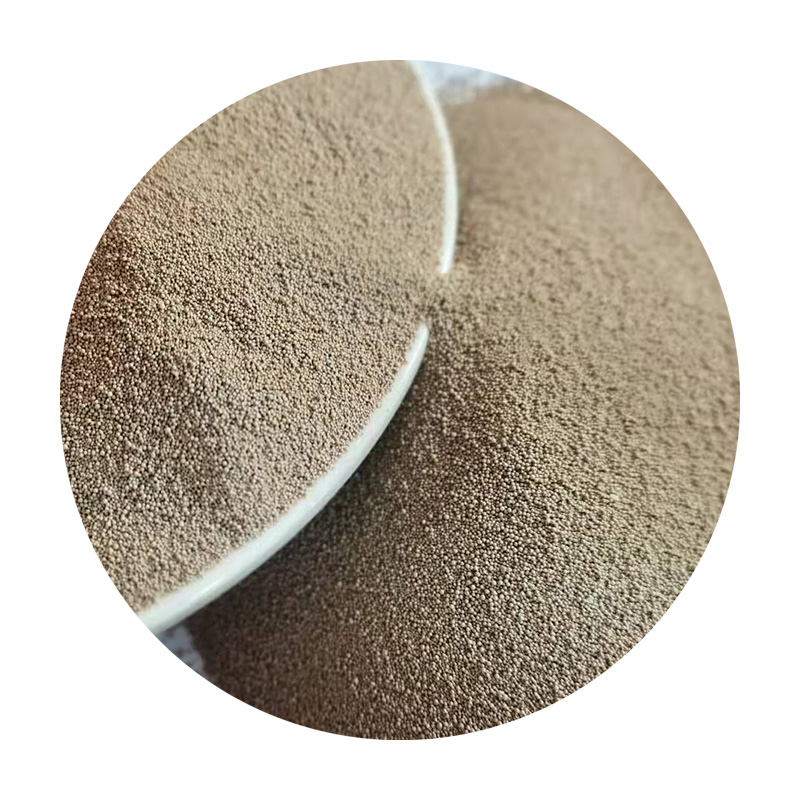Lost Foam Casting Applications An Innovative Approach to Manufacturing
Lost foam casting (LFC) is a precision casting technique that has gained significant popularity in various industries due to its ability to produce complex shapes with a high level of accuracy. This method is particularly beneficial for manufacturing components that require intricate detail and superior surface finish. As industries continue to evolve, the applications of lost foam casting are expanding, providing solutions across a plethora of sectors.
Overview of Lost Foam Casting
The lost foam casting process involves creating a foam pattern that is used as a mold for casting metal. Unlike traditional sand casting, where a sand mold is created, LFC uses a polystyrene foam pattern that is coated with a ceramic shell. The foam is then vaporized by the molten metal during the pouring process, leaving a detailed metal part that reflects the shape of the original foam pattern. This innovative technique allows for reduced production costs, less waste, and a shorter lead time compared to conventional methods.
Key Applications of Lost Foam Casting
1. Automotive Industry
One of the most significant applications of lost foam casting is in the automotive sector. Manufacturers utilize this method to produce components such as engine blocks, cylinder heads, and various structural parts. The ability to create complex geometries allows for lightweight designs that improve fuel efficiency while maintaining the strength and durability required in automotive applications. Moreover, the precision of the lost foam casting process helps in reducing the machining time, leading to cost savings in large-scale production.
The aerospace industry demands materials and components that can withstand extreme conditions while ensuring safety and reliability. Lost foam casting is increasingly being used to manufacture lightweight, high-performance components such as turbine blades and structural parts for aircraft. The capability to produce intricate designs with reduced weight is crucial in aerospace applications, contributing to better fuel efficiency and overall performance.
lost foam casting applications

3. Industrial Machinery
In the field of industrial machinery, lost foam casting is employed to create components that require precise tolerances and complex geometries. Parts such as gear housings, hydraulic components, and valve bodies can be effectively produced using this method. The flexibility to adapt designs and create bespoke components makes lost foam casting an attractive option for machinery manufacturers aiming to enhance the functionality and efficiency of their products.
4. Art and Design
Beyond industrial applications, lost foam casting has found a niche in the art and design sector. Artists and designers utilize this method to create unique sculptures and decorative pieces. The versatility of foam patterns allows creators to experiment with intricate designs that would be challenging to achieve with traditional casting methods. This has opened new avenues for artistic expression, allowing for the production of detailed art pieces that capture the imagination.
5. Marine Applications
The marine industry employs lost foam casting to produce parts that require corrosion resistance and lightweight characteristics. Components such as propellers, pump housings, and other marine fittings benefit from the precision and strength that lost foam casting provides. By minimizing the weight of these parts, vessels can achieve better speed and efficiency, crucial in competitive marine environments.
Conclusion
Lost foam casting has emerged as a versatile and efficient manufacturing process, finding applications in diverse sectors such as automotive, aerospace, industrial machinery, art, and marine industries. Its ability to produce complex shapes with high accuracy, coupled with environmental benefits such as reduced waste and lower energy consumption, positions lost foam casting as a favorable alternative to traditional casting methods. As technology advances and industries continue to innovate, the future of lost foam casting looks promising, paving the way for more remarkable applications and enhancements in manufacturing processes.
Post time:Sep . 25, 2024 22:50
Next:hydro super sand
